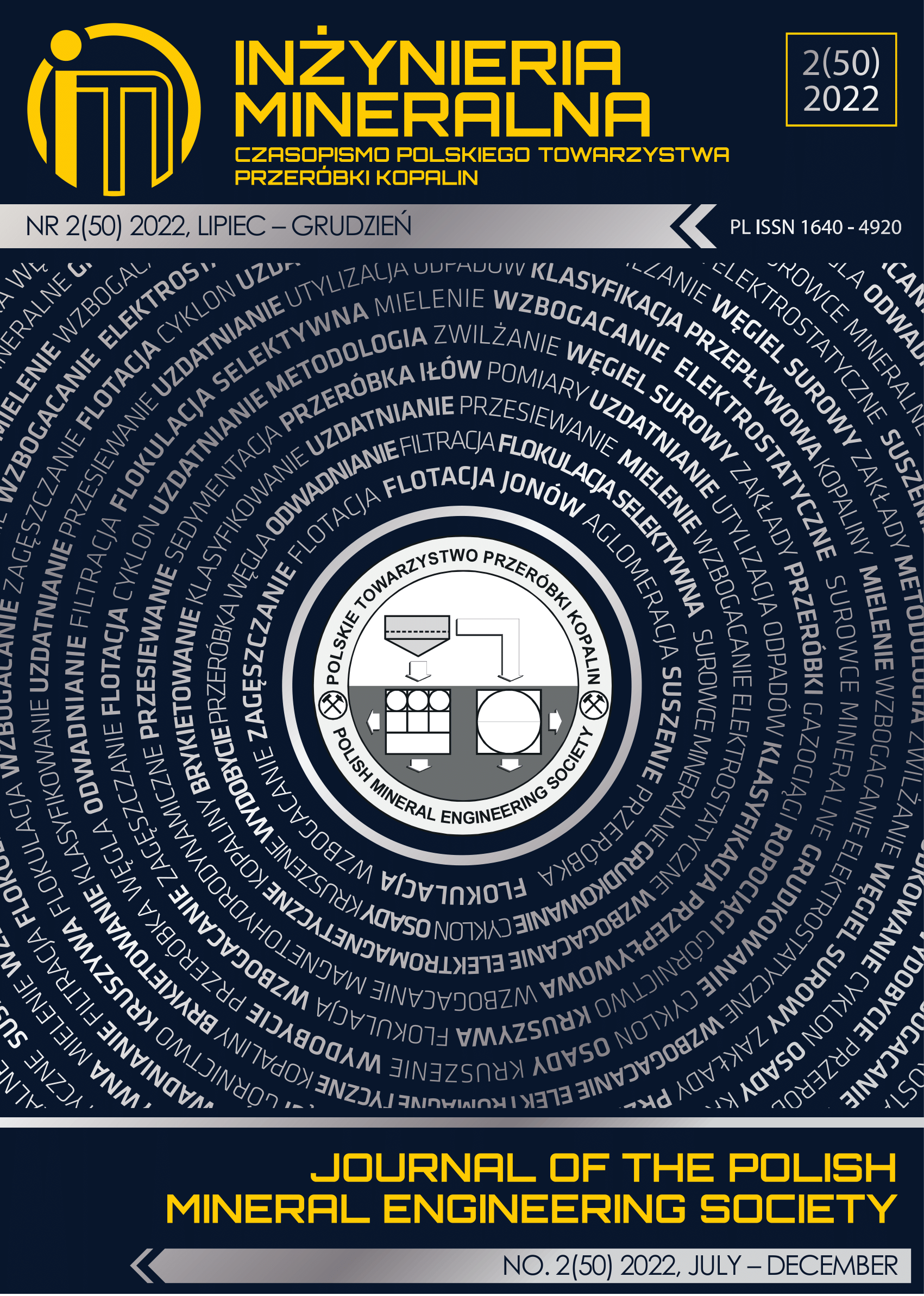Assessment of the Stability State and the Risk of Landslides within Berbești Mining Basin (Romania) Post Closure
Abstract
Berbești mining basin, located in the area of the Getic Subcarpathians, is part of the Central Heating Power Plant (CHPP) Govora, in fact representing the mining division, and has four open pits: Alunu, Olteț, Panga, and West Berbești.
Given that, at least in Europe, there is the issue of giving up energy production based on the burning of fossil fuels, especially coal, the four open pits will be in operation for a relatively short period of time, and one of the major problems related to the exploitation of lignite deposits is that of the post-closure stability of the lands in the influence area.
The research was conducted in such a way as to take into account in the stability analysis the factors and natural causes that predispose the lands in the Getic Subcarpathians to landslides, factors and anthropogenic causes (lignite mining) and the effect of their concomitant action.
These stability analyzes took into account different hypotheses related to the geometry of the final slopes and the influence of external factors. Also, a predictive analysis of the long-term stability of the lands (especially the final slopes of the open pits – as they were designed) was carried out, taking into account the behavior over time of the disturbed rocks. Based on the results obtained, after a series of statistical processing, a risk analysis was performed, using a methodology developed by a part of the research team.
It should be noted from the outset that the research focused on the West Berbești and Panga mining perimeters, as the lignite mining activity will be completed by the end of 2022 (at most).
However, taking into account the similar conditions (geology, morphology, tectonics, seismic zoning, weather and climatic conditions, applied exploitation methods), the research team considers that a significant part of the conclusions and recommendations contained in this study can be considered valid and for the rest of the active perimeters (Alunu and Olteț open pits).
In this context, the study ends with a series of conclusions on the stability of land in the Berbești mining basin (West Berbești and Panga perimeters) at the time of cessation of productive activities and recommendations that once put into practice will ensure long-term land stability.
This journal permits and encourages authors to post items submitted to the journal on personal websites or institutional repositories both prior to and after publication, while providing bibliographic details that credit, if applicable, its publication in this journal.







.png)
